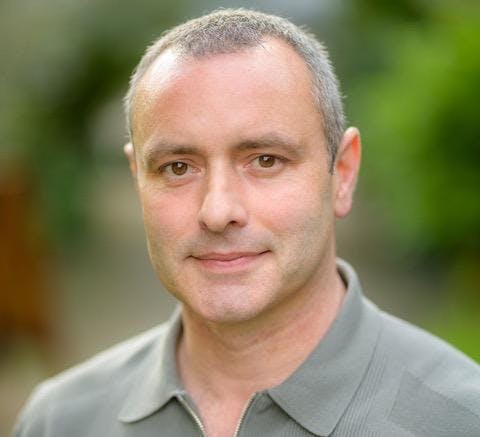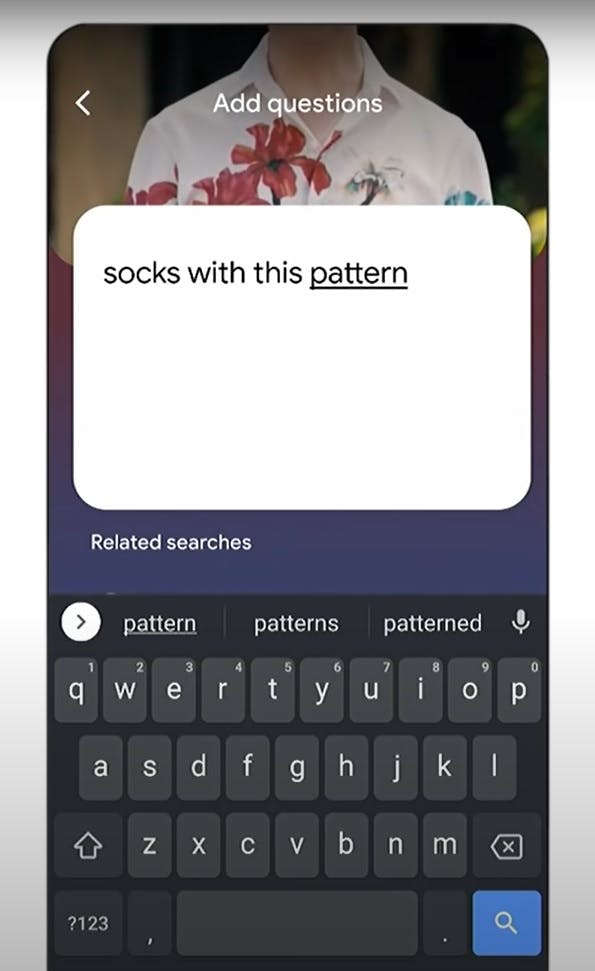I would say one thing to really focus on is to work out how you can make data work better for you. It’s not a new idea, and there’s no one-approach-fits-all solution to this as it really depends on what it is you’re trying to achieve. But there’s no doubt that the businesses that will prosper are those who really take this seriously, particularly as more and more AI tools arrive to help extrapolate important contextual data points.
We make great use of data to understand what people want and expect, and we provide comprehensive data to our customers on the images we have available within our network, so that they have a complete picture of what’s going on.
Rob Sewell is the CEO of SmartFrame Technologies – an image-streaming service that aims to give image owners, publishers, and advertisers more control and protection of their images, while enabling opportunities to monetise them.

Tell me about SmartFrame Technologies. What is image streaming and how can it benefit advertisers?
But all of this is largely concerned with determining which ads to show, rather than where and how to show them. You can have the best ads in the world, but it doesn’t make much difference if the audience doesn’t notice them. Banner ads, for example, are notoriously missed by audiences due to banner blindness. So it stands to reason that the most effective solution combines a strong contextual core with optimum placement and delivery for the best viewability and chance of grabbing the viewer’s attention.
So how does advertising come into it? Giving control over content back to the image owners is one thing, but by serving contextual in-image ads within these SmartFrame images, we can help generate new income streams for them too. Advertisers benefit from highly targeted contextual campaigns, using an image’s metadata, page content and the viewer’s geolocation to match ads to the most relevant web pages. This provides an ad unit with maximum impact and visibility, right in the heart of the content the user is engaging with.
SmartFrame has been around since 2013 and image streaming has been central to the product since its inception. Image streaming completely changes the image distribution model online. Instead of uploading images conventionally – having them easily stolen and losing sight over how many versions of that image are in existence – streaming allows you to embed images from a single central location, much like a YouTube video. You can see where the image is embedded, how many times it has been shared, how people are interacting with it, and so much more. And if you ever want to remove the image from wherever it appears online, you can do that in seconds. Essentially, streaming gives control back to image creators and content owners.
What trends do you predict will shape advertising this year?
There are also no third-party cookies and privacy issues to worry about, which makes it perfect for advertisers looking for an effective and future-proof way to target the right audiences in a way that complies with the necessary regulations.
Contextual targeting is not new, but the tools we have today and that will continue to develop in the future bode very well for the way in which brands can now reach audiences effectively. Most people consider contextual targeting to rely on things like spotting keywords, sentiment, and so on, and matching this with relevant topics. This is still the case, and today this is combined with AI tools to better analyse this content and ensure brand safety, among other things.
The move to contextual targeting, due to the demise of third-party cookies, will be the most significant trend for brands and advertisers [in 2022]”
How do you think brands can get more out of contextual advertising?
Obviously, as more and more AI solutions arrive, these can help with this – but AI can only do so much. The most accurate image data available is metadata, as opposed to AI image recognition data, which isn’t as comprehensive and can also lack accuracy. And having the right data to begin with is key to making successful decisions.
Research has already shown that people prefer and respond far better to advertising that’s relevant to the environment in which it’s viewed, rather than that served by behavioural targeting, so I think this focus on user experience and gaining maximum attention will be a cornerstone in shaping the future of digital advertising.
What are the biggest challenges you’ve faced in your role at SmartFrame so far? And conversely, what’s been your greatest achievement?
I recently spoke with Rob to find out more about his role and the company, why he thinks that contextual advertising will rise to new prominence with the demise of third-party cookies, and what brands can do to get more out of contextual targeting.
SmartFrame also wouldn’t be where it is today if it wasn’t for the support of those who have invested in the business and believed in the vision in the early days, along with the extremely talented team that have worked their socks off to make that vision a reality. I guess that’s my proudest achievement, having brought so many amazing people, investors, and companies together, and the fantastic relationships that have developed from everyone having an aligned vision and seeing the benefits that this can bring to all parties.
What advice would you give to a marketer in your industry right now?
The move to contextual targeting, due to the demise of third-party cookies, will be the most significant trend for brands and advertisers. The necessity for this is now well understood in the industry, so I imagine the conversation will shift to the specific ways in which this can be harnessed to ensure advertising is relevant and impactful, and for brands to get the maximum ROI on their campaigns.
The biggest challenge we have faced is educating people, and changing their mindset when bringing an entirely new service to market. Gaining the first early adopters and proving the model to them was by far the greatest challenge, but now our network is growing organically and globally.




![Facebook Releases Update on iOS 14 Guidelines [2021 Update]](https://research-institute.org/wp-content/uploads/2021/10/facebook-releases-update-on-ios-14-guidelines-2021-update-768x512.jpg)
